Earth Science Resources
This online collection of transformative geoscience resources includes Earth system models, data visualization tools, and curriculum modules. Each module is designed for middle and high school students and is aligned with the Next Generation Science Standards. Teacher Editions, which include detailed background information, tips, and exemplar student responses, are available to help teachers guide their students through each module. Classroom management tools, reports, and a real-time dashboard to help teachers track their students' progress are also available. Validated pre- and post-assessments for each module are provided.
Learn more about the geoscience projects that developed these materials.
Sign up to create a class and register students to get reports of their progress and responses to embedded assessments.
Sign up now for updates when new resources or research opportunities are available!
Modules
These free online curriculum lessons were developed for five days of classroom instruction and include one or more Earth systems models plus assessment items.
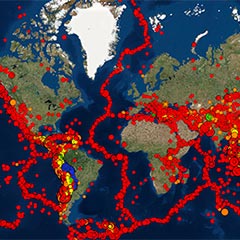 GEODE Plate Tectonics
GEODE Plate Tectonics
Help students build a systems view of plate tectonics through focused case studies and interactions with the Seismic Explorer and Tectonic Explorer models. Rocks and Tectonics
Rocks and Tectonics
This module helps students build an understanding of the connections between plate tectonics and rock formation.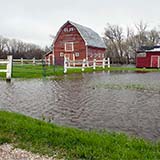 Flood Risk & Impact
Flood Risk & Impact
This module helps students build an understanding of variables that influence flooding, risks that floods bring to people, and the impact of climate change. Hurricane Risk & Impact
Hurricane Risk & Impact
Help students build an understanding of how hurricanes travel and grow, the risks hurricanes bring to people and their communities, and the impact of climate change.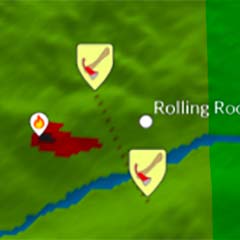 Wildfire Risk & Impact
Wildfire Risk & Impact
Help students build an understanding of the variables that influence fire spread rate and intensity, and the risks wildfires bring to people and their communities.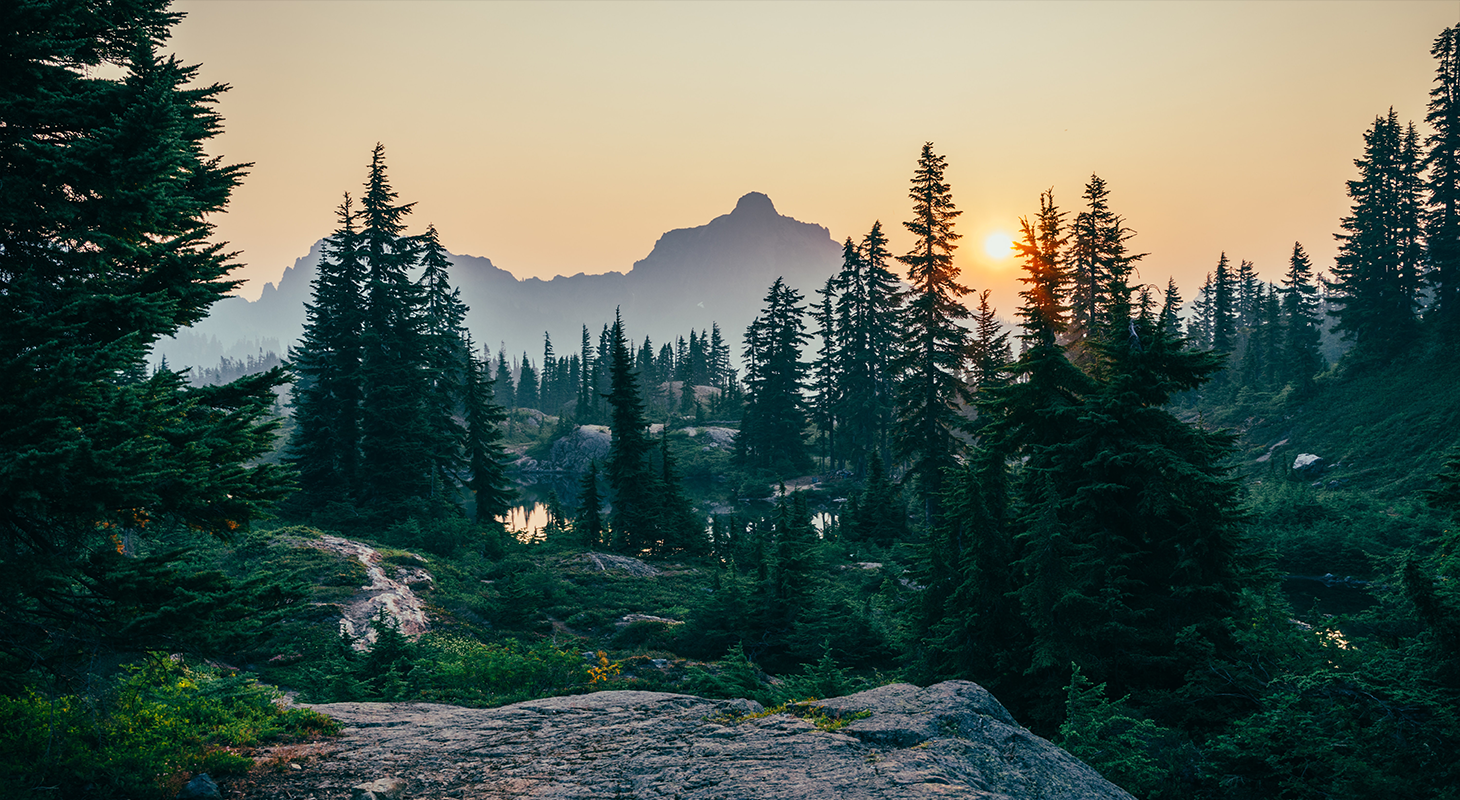 Boreal Forest Fires
Boreal Forest Fires
This activity helps students investigate the effects of climate change and the increasing number of wildfire events on the Boreal forest ecosystem.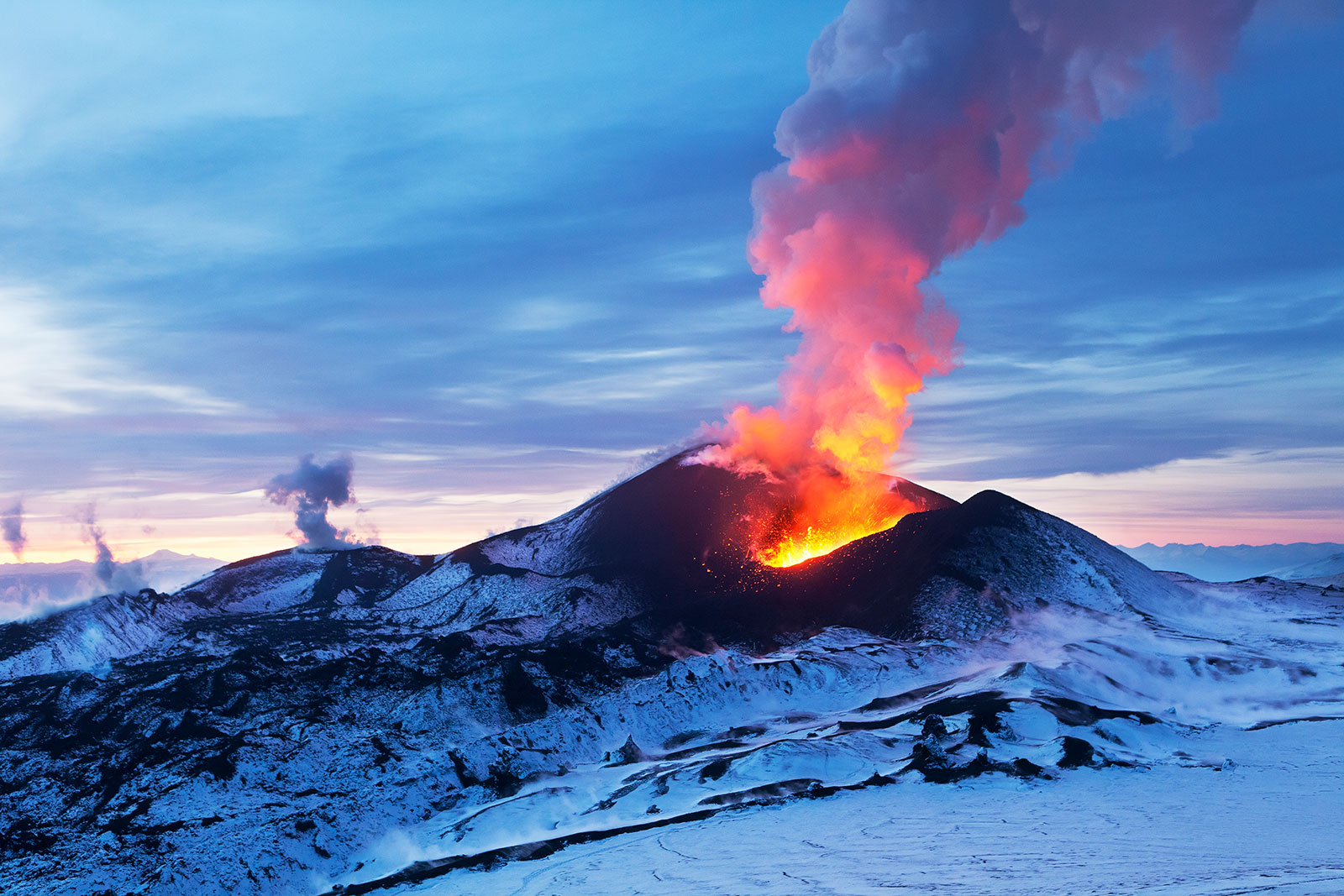 Assessing Volcanic Hazards & Risk with Code
Assessing Volcanic Hazards & Risk with Code
In this module students develop block-based computer codes to explore the risk of tephra from volcanoes and the natural hazards they cause. Students will answer the question: "Who is at risk from a volcanic eruption?"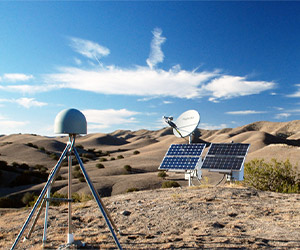 Earthquakes with Code
Earthquakes with Code
Students develop block-based computer codes to explore the causes, likelihood, and potential for damage of earthquakes in California.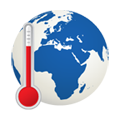 What is the future of Earth's climate?
What is the future of Earth's climate?
Earth's temperature has increased over the past 120 years due to increased levels of greenhouse gases in the atmosphere. How will the climate change over the next 120 years? Will there be enough fresh water?
Will there be enough fresh water?
Clean fresh water is a limited and valuable resource, threatened by shortages and pollution. Students use models of groundwater to explore the question, will there be enough fresh water for the future? Will the air be clean enough to breathe?
Will the air be clean enough to breathe?
Smog events are less common than they used to be in the US, but are still common in cities around the world. What factors affect air quality, and how can we ensure the air will be clean enough to breathe? Can we feed the growing population?
Can we feed the growing population?
Our agricultural system is made up of interconnected resources that affect how much food can be produced. Students explore land management models to determine how we can grow enough food to support ourselves.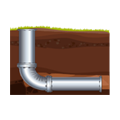 What are our energy choices?
What are our energy choices?
All energy sources have detrimental effects on the environment. In this module, students compare the costs and benefits of different electricity-generating sources to explore the question, what are the best energy sources?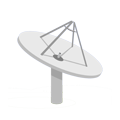 Is there life in space?
Is there life in space?
There are billions of galaxies filled with billions of stars. Each star has the potential to have planets orbiting it. Does life exist on some of those planets?
Contact Us
Questions? Comments? We'd love to hear from you! Email us at earth@concord.org.